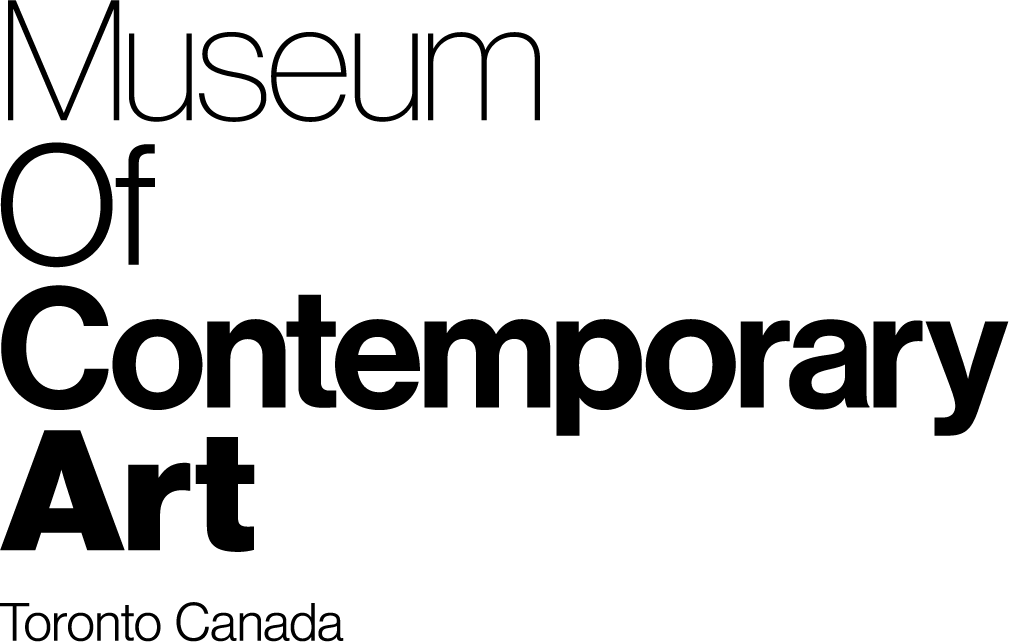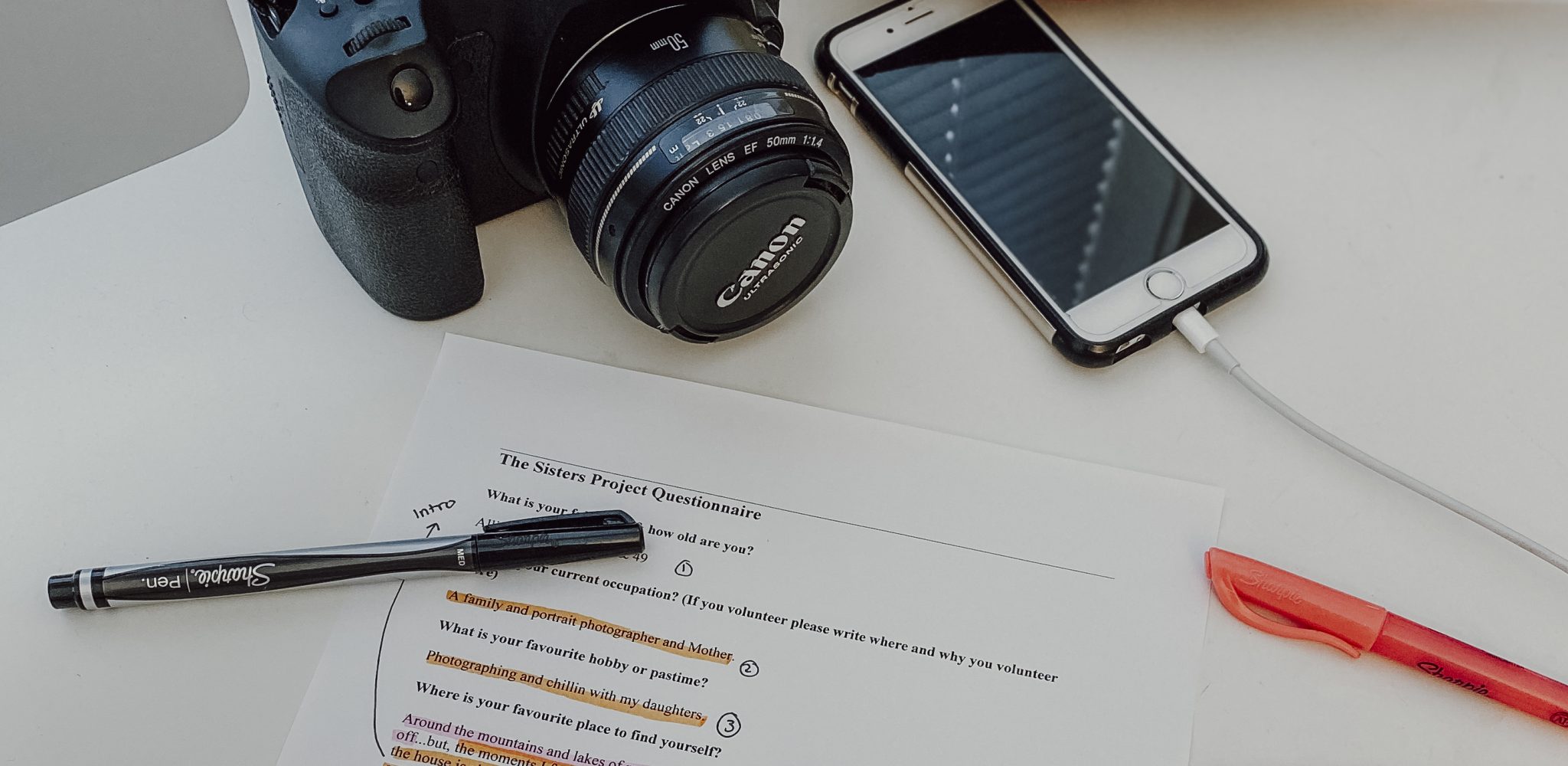What is erasure?
In Fatma Bucak and Krista Belle Stewart’s MOCA exhibition Acts of Erasure, the term means removing some or all of a person or community’s identity, history, or stories from memory, consciousness, archives, or media. Through their artwork, Bucak and Stewart confront the erasure of their cultural and political identities. While we may not all have experienced erasure personally or in our communities, it’s important for us to share our perspectives. For most of history, only a narrow perspective has circulated mainstream media – one which has often erased the stories of women and marginalized communities.
In this activity inspired by Acts of Erasure, you are invited to create a visual story that is important to you, and that you want to be remembered. You may choose to feature someone you look up to or care about, or someone whose story you feel should be remembered. Your visual story will combine photographs and text, and you are welcome to use a mobile phone or camera. When you are done, you can share your story on social media using #VisualizeYourStoryMOCAToronto.
Step 1: Choose Your Story and Subject
Is there someone whose story you would like to highlight? Perhaps you are part of a community that had been underrepresented or misrepresented in the media?
Consider these questions as you think of what story you would like to share. You can share your own story, the story of a family member, or someone in your community.
Now that you’ve chosen the person you would like to photograph, discuss with them what elements are important to the visual story. These might include: location, clothes, props, pose, etc. Once you’ve made those decisions together, you are ready to take their photo.
*Remember: When asking someone to participate in your visual story, be transparent with what the photo will look like, the time involved, the types of questions you will ask, and where you hope to share the photo. By discussing these things up front, you have their informed consent when they agree to participate.
Step 2: Take Your Photo (using tools you already have!)
You don’t need expensive equipment to take great photographs! A smartphone or an entry-level camera can be a great starting point. Below is a short video showing some simple composition and lighting tips that can help you make your photographs more dynamic. The tips are demonstrated using a mobile phone.
With these tips in mind, photograph your subject in a place that is meaningful to their story.
Step 3: Interview Your Subject
Next, you’ll need to collect some information and quotes that will be used to create a long-form caption (in other words, a short biography on your subject). Think about what information you want your viewers to find out or take away from your story. From that, create a set of 5-10 questions to ask your subject (depending on how long you want your caption to be.) Here are a few things to consider when asking questions for long-form captions:
- Avoid questions that result in short yes or no answers. For example, instead of asking “Do you have a proudest accomplishment,” you could say “What is your proudest accomplishment?” For even more detail, you could ask “What is your proudest accomplishment and why?”
- Think of some questions that are indirect to your specific goal so you can uncover their world view and get a sense of who they are – for example, “Where is your favourite place to reflect?”
Depending on your comfort level, you can either email them the questions, record them in person after your photoshoot, or ask them to fill it out by hand.
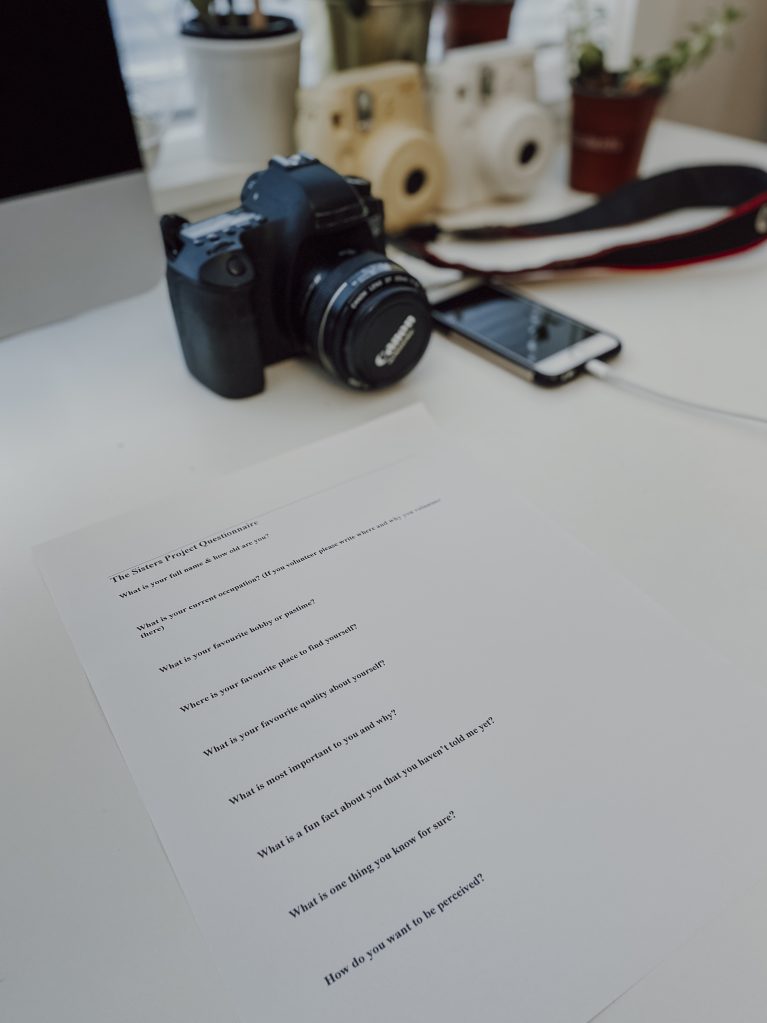
Step 4: Write Your Photo Caption
After you interview your subject, you have all the information you need to finish your visual story. Now you will piece together your subject’s answers to create a long caption for their photo. As you read through their responses, highlight the sentences or paragraphs that are most powerful to you. Once you have chosen the order of their quotes, insert your voice as a way to bridge their quotes together and to help their story become clear.
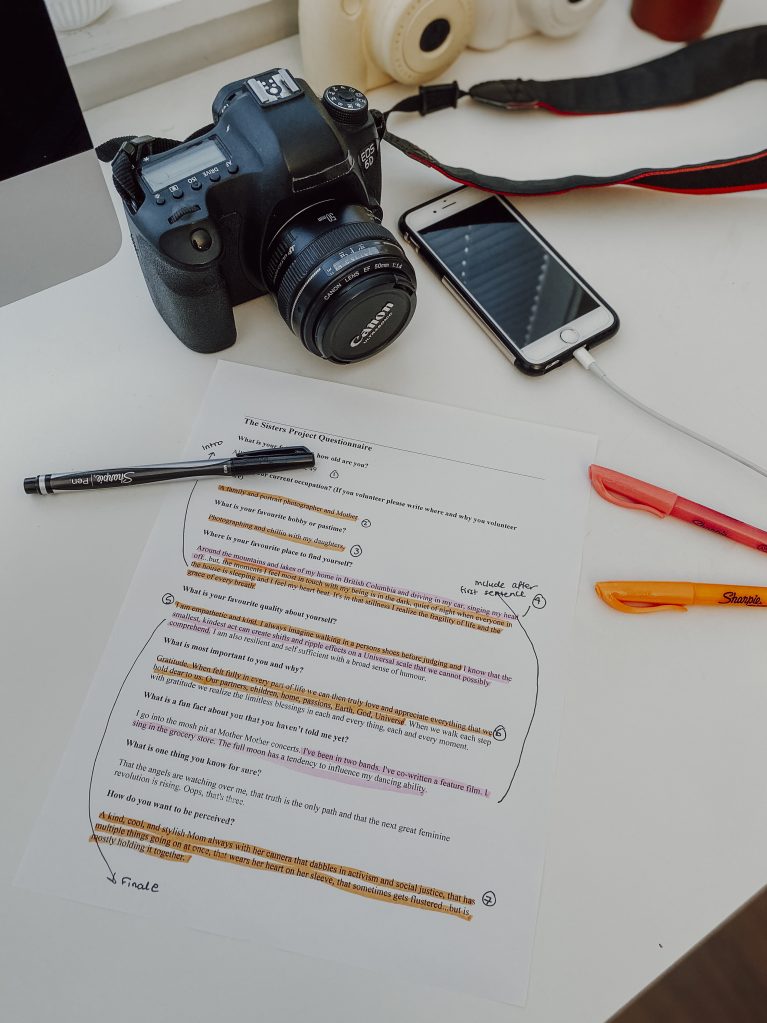
If you took multiple photos that you would like to include, or photographed more than one subject, you might break up the text into several smaller captions.
At this point, it’s time to decide where you want to share this visual story. If it’s just for your memory keeping, or a gift for a family member, you don’t have to worry about length or order as much. If you are planning to share on social media, keep in mind the word limits for captions on those platforms (e.g. Instagram’s caption word limit is about 400 words or 2200 characters). If you are sharing to Instagram, try to write the most engaging content in the first 125 characters.
Step 5: Share Your Visual Story
Sharing on social media is fun and fulfilling, but you do not need to post your work online for it to be meaningful and important. Sharing your visual story with the person you photographed and their loved ones or keeping it at home in a special place to remind yourself of their story is equally special. No matter where you decide to share it, take a moment to appreciate the work you did in order to preserve and honour somebody’s personal story.
If you would like to share your visual story on social media, you can use the hashtag #VisualizeYourStoryMOCAToronto.
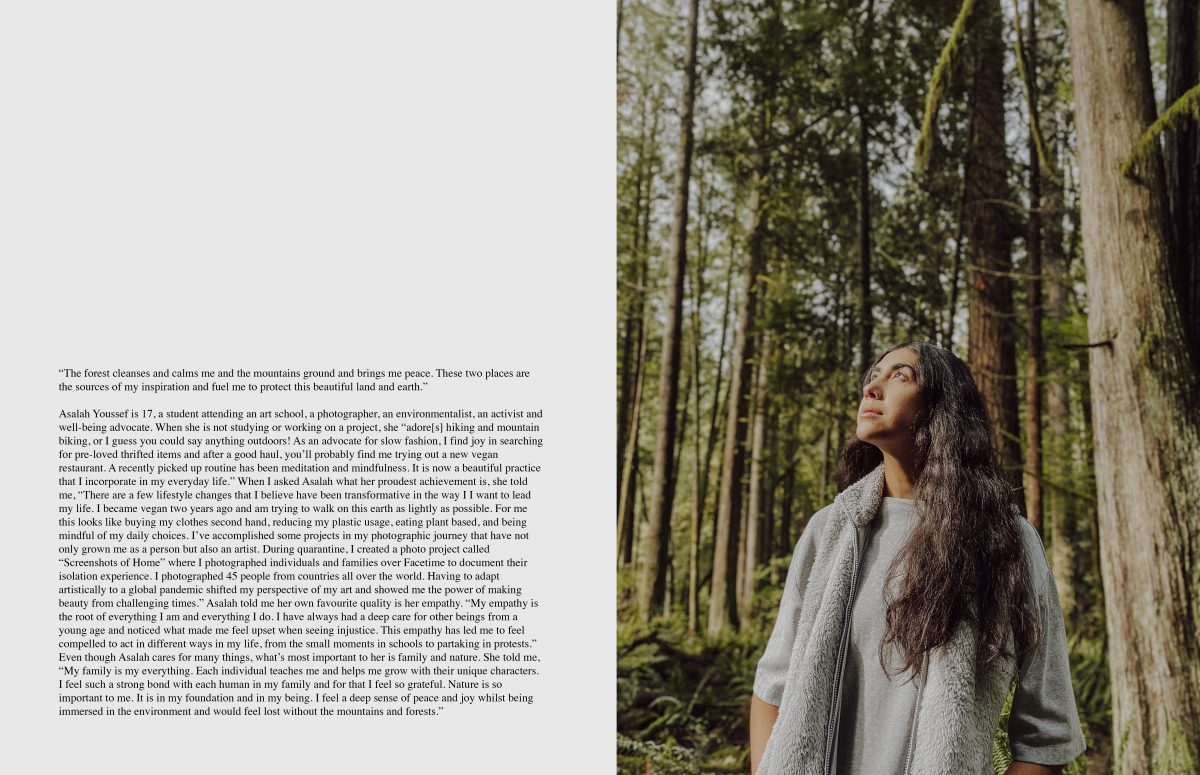
By creating our own visual stories, we honour and preserve the voices that we value, instead of erasing them. No matter the scale, giving space to people’s stories who aren’t usually recognized is important for enriching communities, creating dialogues, educating others, and even enhancing how we document history.
Thank you for participating in this activity!
About the Artist
Alia Youssef is a portrait and documentary photographer based in Vancouver, BC. In her personal projects, she highlights underrepresented stories and histories, mainly pertaining to Muslim women and communities, in order to complicate stereotypical representations of them. This work has been published in numerous online and print publications including Elle Magazine, VICE, CBC, and The Globe and Mail. She holds a Bachelor of Fine Arts Degree in Photography and a Master of Fine Arts Degree in Documentary Media with Distinction from Ryerson University.
